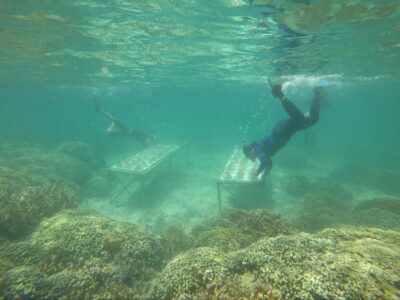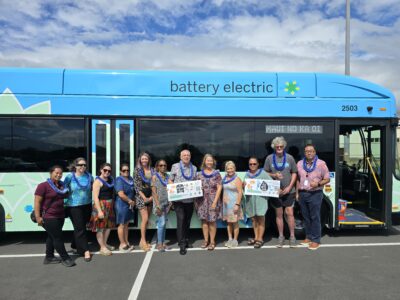Study finds low-cost shelters can increase baby coral survival rates
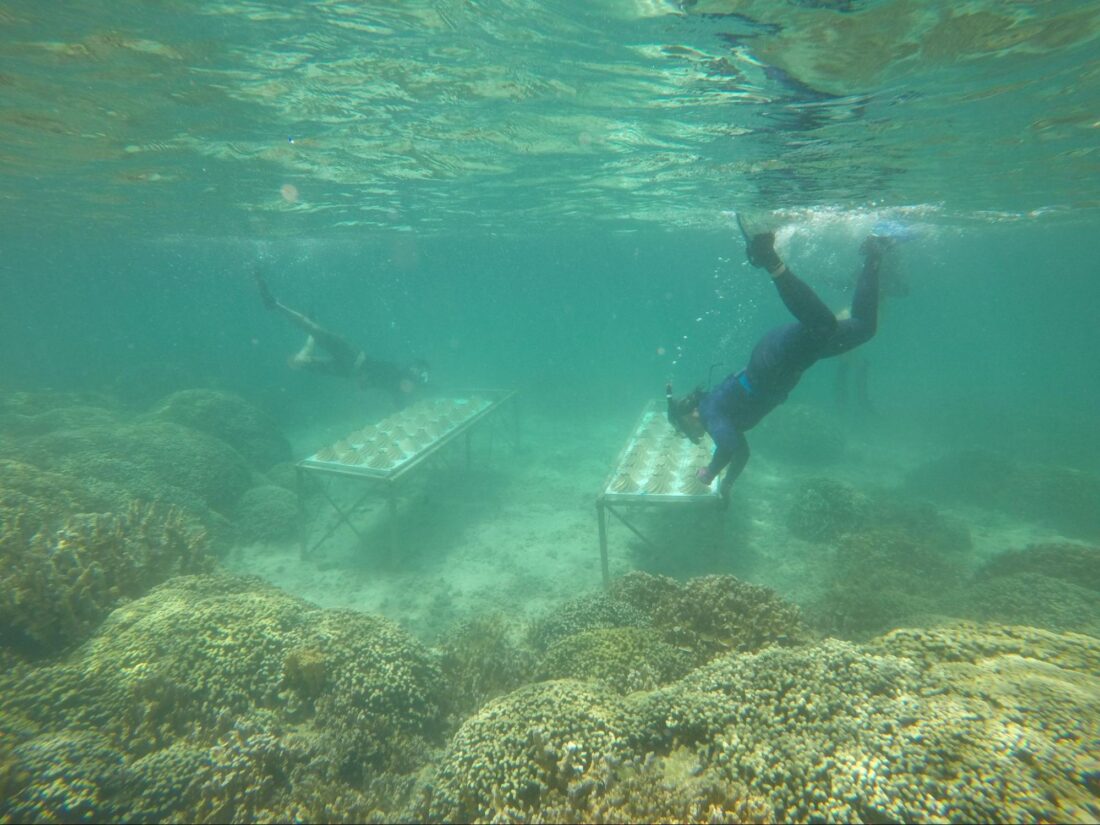
Researchers place the modules onto experimental tables in Kāne‘ohe Bay. These field tests allowed them to test how different module designs influence coral settlement and survival in a real reef environment. Photo courtesy Jessica Reichert
Scientists at the University of Hawaii at Manoa have created 3D-printed ceramic structures that they say provide crucial protection for baby corals and dramatically improve their survival rates.
According to scientists from the Hawaii Institute of Marine Biology, the structures offer a low-cost solution that could help develop hybrid-reef structures that act as living breakwaters to reduce coastal erosion.
The discovery was published in Biological Conservation, and the researchers hope their work will help improve the low settlement and survival rates of juvenile corals, which often die before adulthood.
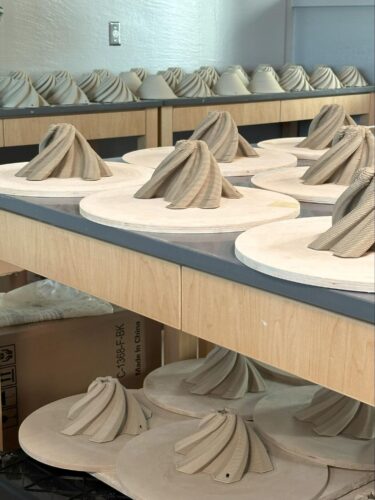
Specially designed modules, approximately one foot in diameter, are produced using a 3D clay printer and then fired in a kiln. The spiral-shaped recesses mimic natural reef crevices and provide safe microhabitats for coral larvae to settle and grow. Photo courtesy Joshua Madin
“We developed structures that help baby corals find safe homes in the reef,” explained Josh Madin, principal investigator at HIMB’s Geometric Ecology Lab and co-author of the study, in a news release. “Our new designs, with small spiral-shaped shelters called ‘helix recesses,’ give young corals the protection they need during this critical stage.”
The study found the sheltered spaces had about 80 times more baby corals settle on them compared to flat surfaces and helped them survive up to 50 times better over the course of a year, according to the researchers.
The team designed seven different 3D-printed reef modules for two sites in Kāne’ohe Bay on Oahu. Over the next year, they tracked the settlement and survival of coral recruits with the “helix recess” design being the most successful.
“We expected the helix recess design to help, but we were surprised by the scale of improvement,” said said Jessica Reichert, lead author of the study and a postdoctoral researcher in HIMB’s Geometric Ecology Lab. “Seeing thousands of baby corals clustered in these tiny shelters, compared to almost none on flat surfaces, was remarkable.”
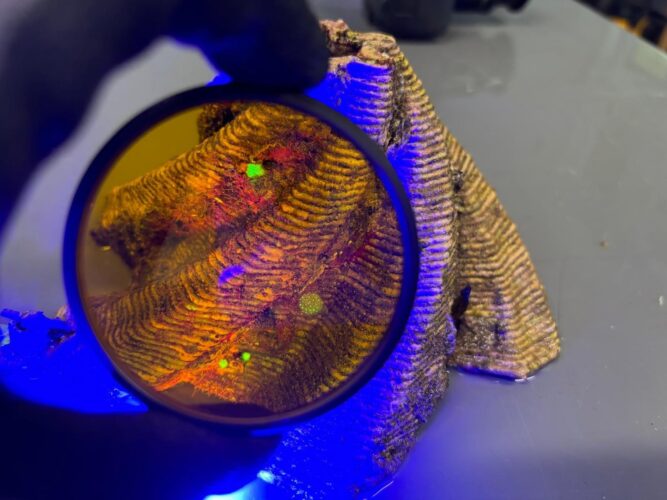
Coral recruits glow bright green under blue light when viewed through a yellow filter, making it easier to spot and count them among the textured surfaces of the modules. This method helps the researchers to track coral survival over time. Photo courtesy Marina Rottmueller
The discovery could aid current restoration efforts, which can be limited by cost and labor. The new structures are simple to produce, require no ongoing maintenance and can be integrated into artificial reefs, seawalls and other coastal infrastructure.
The research was conducted as part of the Reefense: Rapid Resilient Reefs for Coastal Defense program funded by the Defense Advanced Research Projects Agency, with additional support from the National Science Foundation and the HIMB Director’s Innovation Fund.
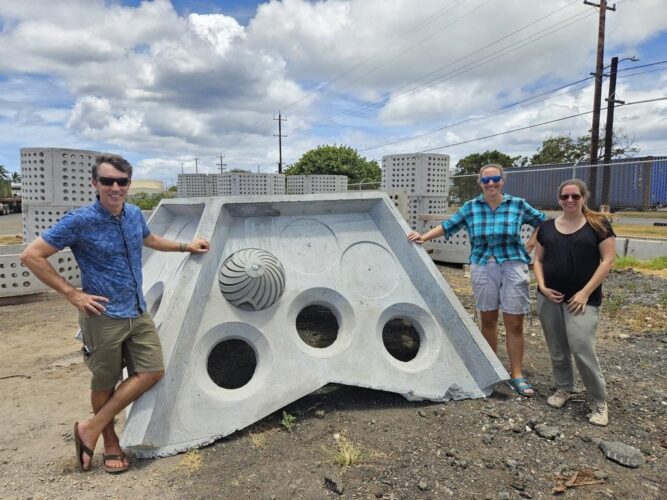
Researchers from HIMB, Joshua Madin, Hendrijke Jorissen and Jessica Reichert (from left), stand in front of a large concrete breakwater unit that has a helix recess module attached to its surface. Photo courtesy Ben Jones



